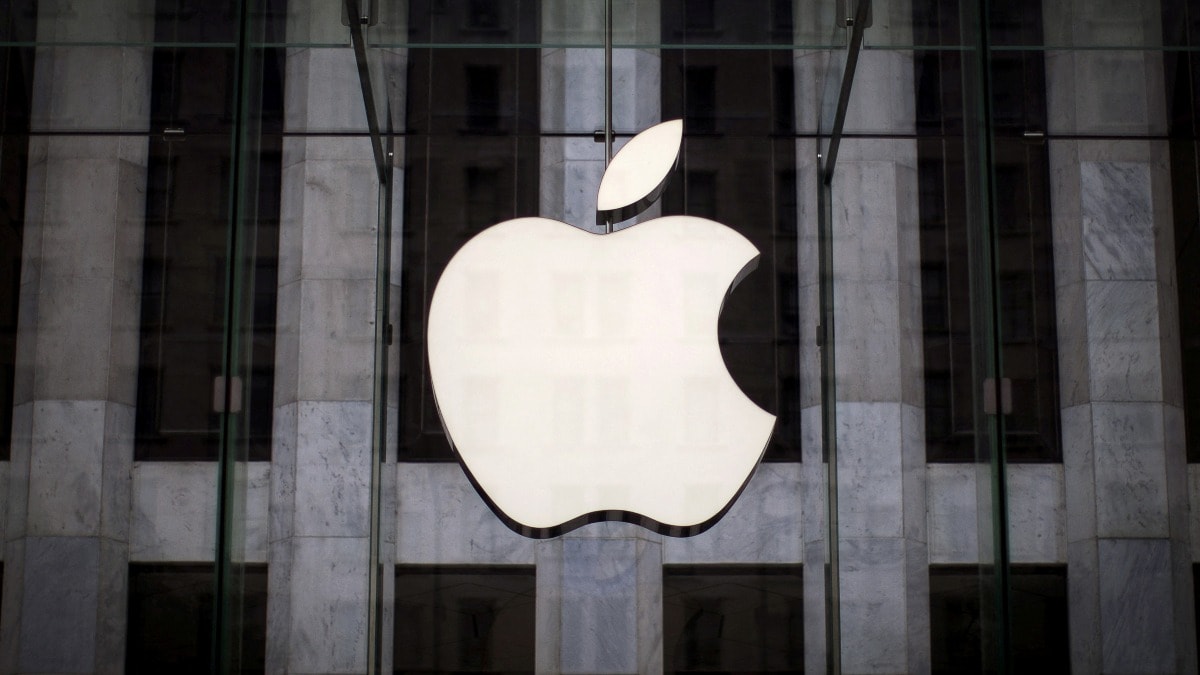
Analysing Apple’s earnings can, on occasion, feel like looking at a jigsaw puzzle with some of the pieces missing.
Consider the quarter ended in June: The fact that a slight dip in sales from Apple’s all-important hardware segment was offset by growth in its services segment — the App Store, advertising, etc. — received a lot of attention when the company reported last Thursday night. What drew less notice was that the services’ 12 percent growth rate was meaningfully slower than the 25 percent that the segment averaged over the previous four quarters.
On Thursday’s earnings call, Apple attributed the slowdown to foreign exchange, “the macroeconomic environment” and a pullback in Russia. But a weaker performance at the App Store also seems to be a factor. In a Friday securities filing about the quarter, Apple conspicuously didn’t include the App Store as one of several businesses driving growth in services, as it has done for several years. Instead, Apple said services growth was “due primarily to higher net sales from advertising, cloud services and AppleCare.”
What’s going on? Could regulatory and legal pressures on App Store practices and fees be having an impact? We don’t know, and that’s the point. Apple’s services segment is a mystery. We know the businesses it covers, which include cloud services, payments, subscription services like Apple Music and Apple TV+, and offerings like AppleCare. And we know it’s important. In the first three quarters of Apple’s current fiscal year, services overall is responsible for a hair under 20 percent of Apple’s revenues but nearly a third of its gross profit. Services growth is important to smooth out fluctuations in product sales.
But which part of services contributes what? That’s a secret. Yes, Apple’s services segment is the Manhattan Project of the tech industry.
Well, maybe that’s hyperbolic. After all, the Manhattan Project was a secret from the get-go. In Apple’s case, it has reduced what it discloses around its services over the past decade, since Tim Cook became chief executive officer, even as the segment has become a crucial contributor to Apple’s bottom line.
Going back to Apple’s fiscal 2012 securities filings, for instance, the company reported that net sales for the iTunes store — which at that time included App Store sales — was $7.5 billion (roughly Rs. 59,325 crore). That expanded to $10.2 billion (roughly Rs. 80,680 crore0 in 2014, but Apple stopped giving out the number after that. It did disclose the App Store had net sales growth of 29 percent in fiscal 2015, but even that number was dropped from subsequent filings.
In recent years, other than services’ revenue and gross margin, Apple has simply listed three businesses driving growth in net sales, which rose to $68.4 billion (roughly Rs. 5,41,050 crore) in fiscal 2021. Usually, the App Store is in that group.
Arete Research analyst Richard Kramer, who has pointed out Apple’s steady reduction in disclosure, last March described services “as a $70 billion (roughly Rs. 5,53,760 crore) black box amalgamation of 10 different businesses.” That seems about right.
What little we know about the App Store suggests it is the services segment’s biggest source of revenue — and with profit margins reported to be around 80 percent, probably the main source of profits. This is where the lack of disclosure is an issue for investors. You have to imagine that recent moves by several countries to force Apple to loosen rules on the App Store, allowing people to use alternative payment methods, would dampen its revenue growth. Kramer, for instance, assumes in his forecasts that Apple’s App Store fees drop to 20 percent from 30 percent in 2023 as a response to those pressures.
But Apple’s habit of disclosing virtually nothing about the business makes it impossible for outsiders to be sure.
Consider this puzzle about the most recent quarter: Despite listing advertising as a key driver of growth, Cook told analysts that digital advertising “was clearly impacted by the macroeconomic environment.” You have to wonder what the App Store contribution is like if digital advertising is dampened by the economy but is still the leading source of growth.
The need to know more will only grow in the current quarter. Apple executives told analysts growth in services revenue would decelerate further in the third quarter because of “macroeconomic factors and foreign exchange.” What we really need to know is what’s going on with the App Store.
© 2022 Bloomberg LP


